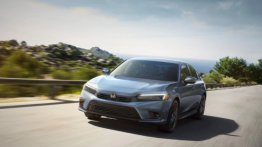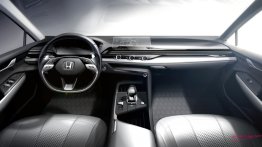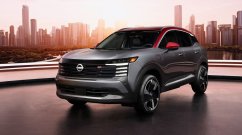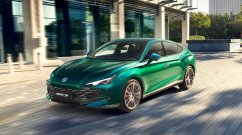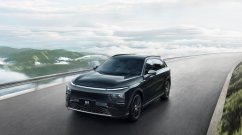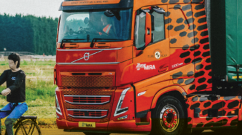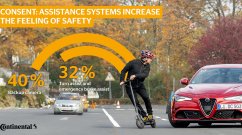Yoshiyuki Matsumoto, President and CEO, Honda Motor India, had confirmed to IndianAutosBlog.com at the previous Tokyo Motor Show that a R&D center would be setup in the coming years for India to develop cars like the Brio or Jazz from scratch. He justified the need for a local outfit of this kind for better price control and addressing all the needs for the Indian market. A similar off-shore R&D center functioning in Thailand developed the Brio derivatives.
A report on The Economic Times today says that the centre takes an investment of Rs 500 crore and will come up in Honda's existing manufacturing facility in Greater Noida. The centre will also have a mandate to increase the use of locally-made components in the company's current Indian portfolio.
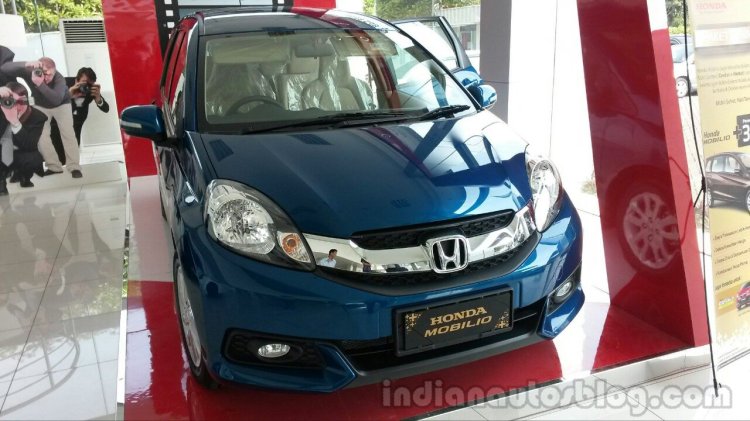
Honda's existing R&D operations would be integrated into the upcoming company, called Honda Genbetsu India. The setup would also contribute to Honda's localisation strategy, apart from providing design support from India-specific models in the near-term.
Honda Cars India's purple patch continued as it sold 15,714 cars in January, nearly thrice the 5,337 units it had sold in January 2013.
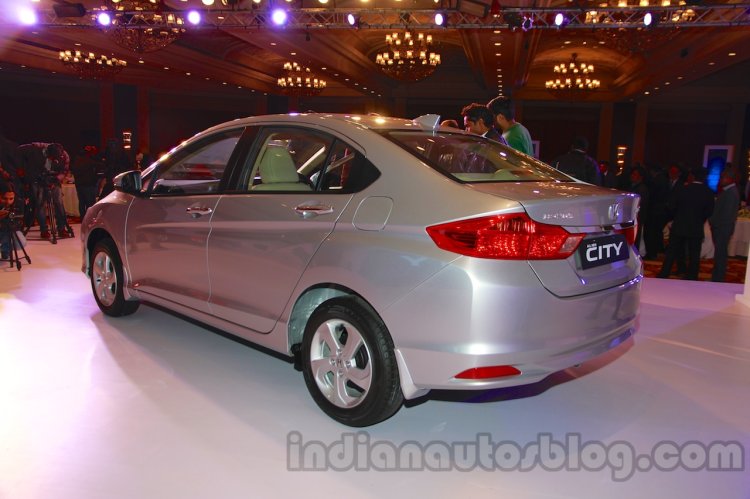
The company's fortunes have been driven by the Amaze, a sub-4meter compact sedan, that has seen a 60:40 split favouring the diesel variants. This January, Honda had launched the City sedan in its diesel avatar, followed by the City petrol just a few days ago.
As of last week, Honda Cars India had sold around 28,500 units of the City sedan. The company said that given that the City has been a diesel model for all this while, they expect the petrol variant to slowly catch up with the diesel model's number.
[Source - The Economic Times]


